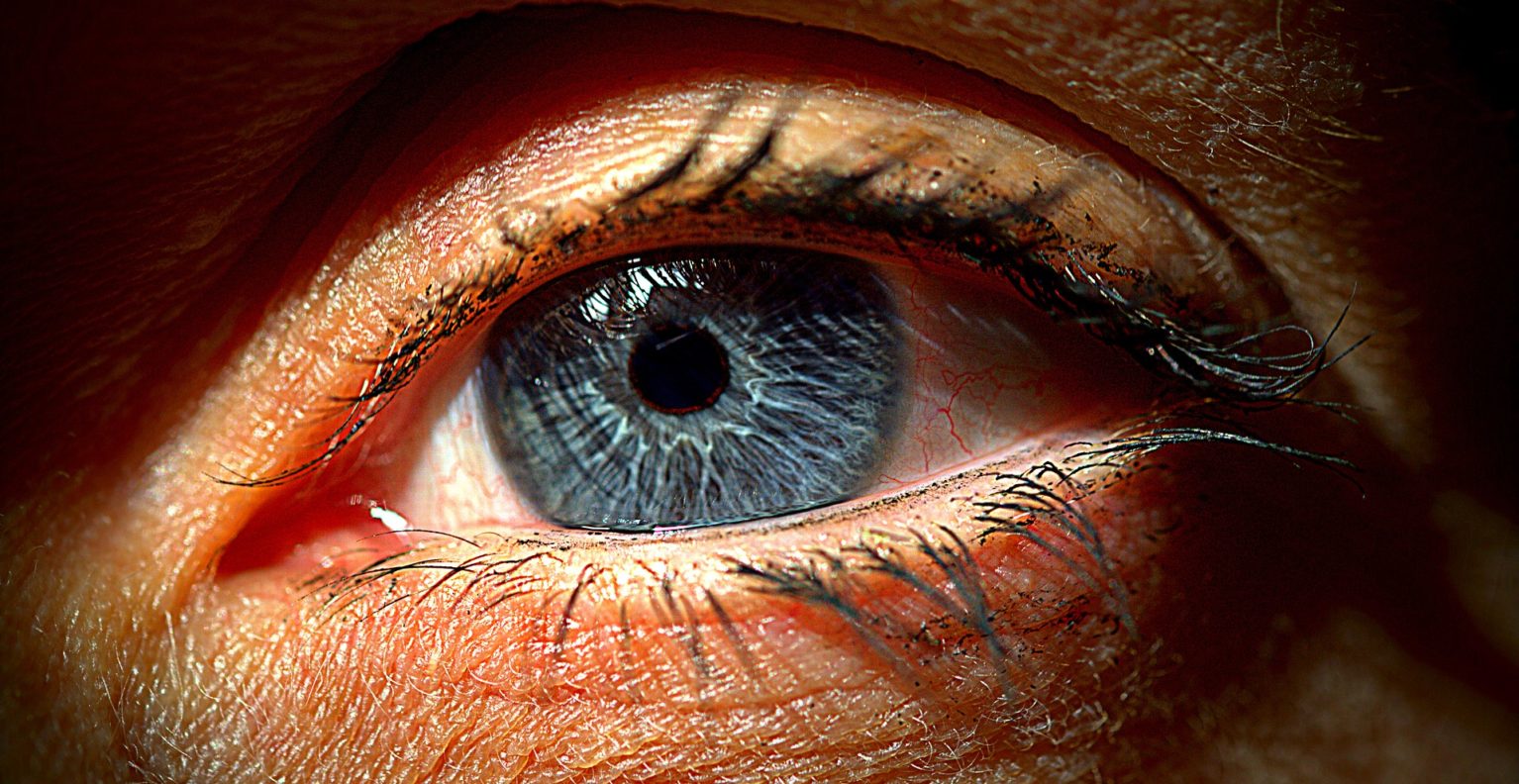For many retinal diseases like age-related macular degeneration, diabetic retinopathy, retinal vein occlusion and uveitis, an eye injection (also called an intravitreal injection) is the only way we can deliver potentially sight-saving medication where it is needed in the back of your eye. At Texas Retina, injections are given in the office by one of our experienced retina physicians.
Here are some of the most frequently asked questions we hear from patients:
Do eye injections hurt?
We do everything we can to minimize any discomfort or pain. This includes using topical anesthesia drops or gel to help numb the eye, and in some cases, a painless surface injection of lidocaine may be added. Patients may feel a light pressure or a slight burning sensation from the antiseptic used to clean the surface of the eye and reduce the risk of infection. During the injection, which is typically in the lower, outer part of the eye, most patients report feeling pressure but not a significant amount of pain.
What type of medications are delivered by eye injection?
Eye injections are most commonly used to deliver anti-VEGF drugs (i.e., Avastin, Lucentis, Eylea) or steroids. They can also be used to administer antibiotics, anti-fungal and antiviral drugs to treat infections. In addition, an injection is sometimes used to insert a small gas bubble to help repair a retinal detachment.
I see a black spot after my eye injection. Is that a problem?
No, the black spot is an air bubble and will resolve within 24 hours. The air is often trapped in the needle and is injected with the medication.
My eye is red after the injection. Should I worry and what is it?
The red color on the white of the eye is called a subconjunctival hemorrhage and is very common after an injection. The eye is covered in blood vessels, and it is difficult not to hit any vessels when giving the injection. The redness is like a bruise on the skin, just very red due to the location. It will typically resolve within 2-5 days but can last up to 1-2 weeks for some patients. There is no treatment, and the blood is not harmful in any way.
Can I fly after an eye injection?
Yes, you can fly after an eye injection. We typically recommend that you stay in town after treatments for up to a week in case there are any issues that require examination, but there is no restriction on air travel. Please ask your doctor for more specific information about post-injection procedures.
How often do I need eye injections?
To treat chronic retina conditions like age-related macular degeneration, diabetic macular edema or retinal vein occlusions, you may need to have regular, repeat injections. Your Texas Retina physician will work with you to determine the best treatment plan and frequency of injections for your specific condition and medication.
Will insurance cover my eye injections?
Health insurance policies and coverage vary greatly, but most plans will cover eye injections in some capacity. Some insurance plans, especially Medicare Advantage plans, require a prior authorization for eye injections. This means that the health plan must provide you and us with approval before your injection for the plan to cover the cost. Our team does all we can to assist you and expedite these prior authorizations to help you receive the care you need when you need it. Click HERE to learn additional steps you can take to stay informed and assist with the prior authorization process.
Click HERE to learn more or HERE to watch a video of Texas Retina’s Dr. Nikisha Kothari explaining what to expect from an eye injection.


